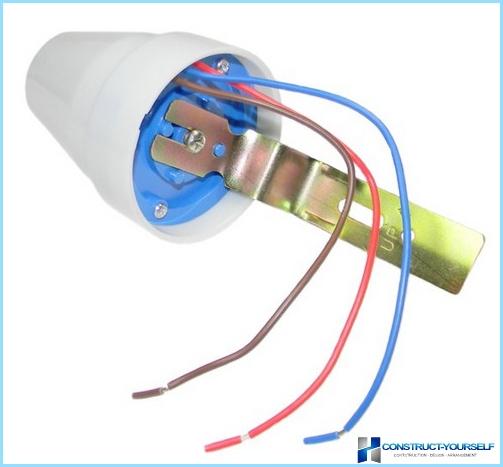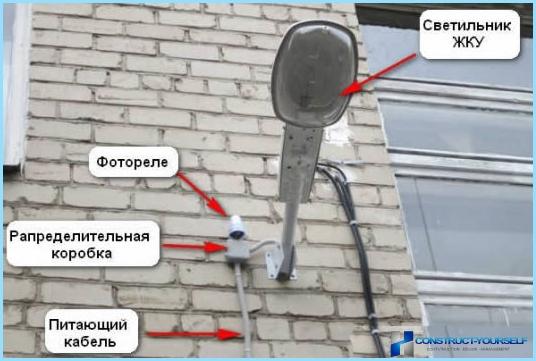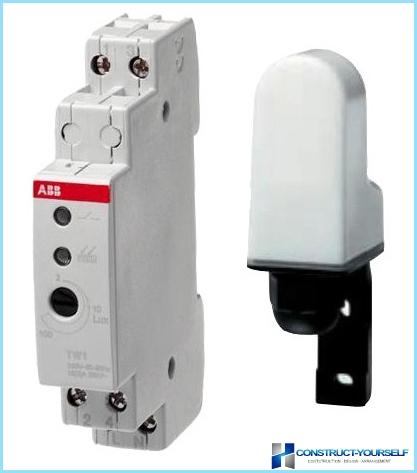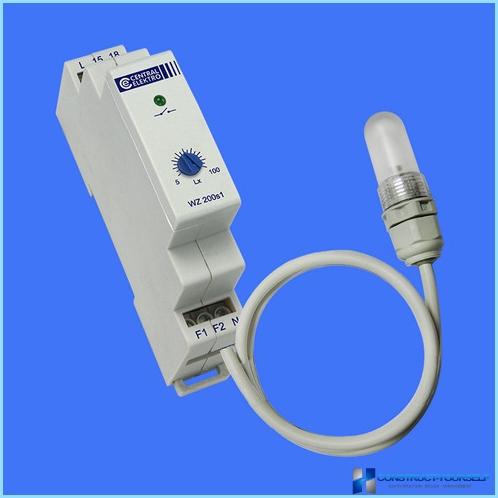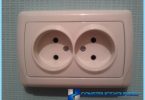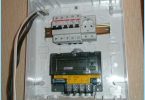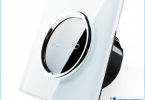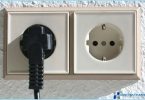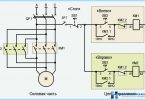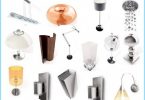The contents
To automatically turn on and off lights, electrical devices in the power circuit is integrated photocell. In daylight photocell is deactivated, and in the dark – turns.
Feature relay ↑
The device is a sensor which is sensitive to light rays. When you step on it UV radiation, photocell exhibits the properties of the dielectric, without lighting is a conductor of current:
- working rated voltage: 230V;
- the rated load current of 2.2 kA;
- power consumption: 6.6 W;
- the working temperature is -25 to 40.
Part twilight switch:
- a light sensor which reacts to any changes of illumination;
- a sensor configured to change an electric current;
- relay for switching current;
- the current amplifier.
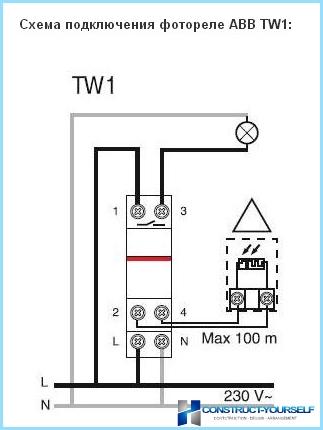
Connect photocell ↑
To connect photocell, use the following instructions:
- A small wiring diagram of the light barrier located in the housing out of it conductors for power and lighting. Mount photocell carried by the support arm and selected the place where the device is exposed to direct sun rays.
- Adjusting the threshold is carried out using a special controller that enables to trigger in various conditions.
- The regulator is attached on the outside, its possible adjustment. The instrument has a sensitivity in the range of 5-50 Suite, a capacity of 1-3 kW. The maximum current in the network 10 And.
- You can install the photocell so that the sensor was located outside the switch and connected both parts with a cable. A similar installation option is suitable for sophisticated systems placed in special panels where no sunlight.
- The connection can be performed via the timer, if you program it to switch on and off. As a result, equal intervals of time-triggered sensor, it is convenient for light time, gives you the opportunity to save energy, prolong the operation period of the device. The timer has a special memory, designed for 1 – 12 months. The setup allows the sensor to make the correct, to take into account the duration of daylight.
Proper connection of conductors:
- brown conductor is connected to the phase constant of the network;
- blue Explorer is «zero», it is necessary to connect the conductor from the lamp;
- red conduit is considered a Manager, he connects the lamp and the controller.
In some cases, the network has as an additional grounding conductor, his task – to avoid falling into housing stress. In such cases, the conductor goes to the lamp, eliminating the controller.
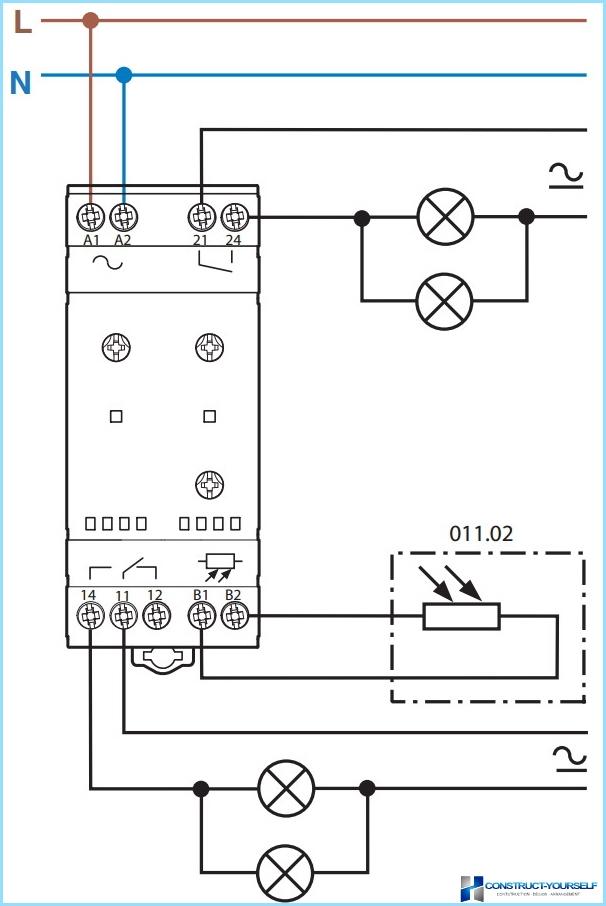
- The connection phase is always carried out to the controller;
- zero is directed to the regulator and goes to the light bulb;
- phase runs on the lamp regulator.
Such a device operates in an open space. For protection against water and ingress of small objects, it has protection IP 44.
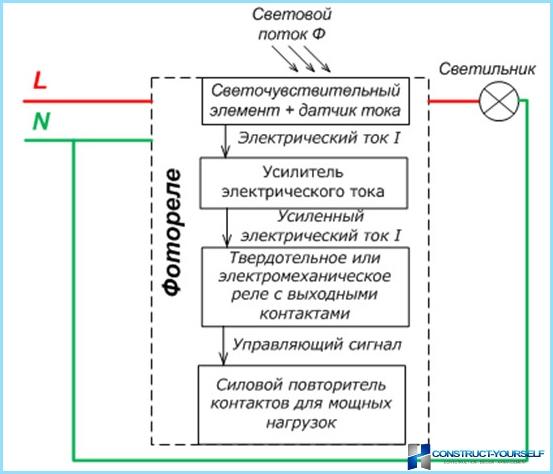
The essence of photocell ↑
Sensors mounted in the photocell function as a phototransistor, photoresistor, photothyristor, photodiode. Each option has its own specific features in work:
- resistors capable of measuring the amount of resistance.
- the transistors help to regulate the irradiation process the electrical signal;
- triacs react with a positive or negative harmonic is fed to the main circuit signal;
- thyristors capable under UV irradiation to interact, to work at constant current;
- diodes after exposure to the sun’s rays, generate a pulse proportional to the intensity of the light beam.
The specificity of the connection of the light barrier ↑
When you connect the photocell should know some features:
- in cases when you want to control several lights, you will need an additional controller. This item is from the controller to signal and to influence the lighting level;
- to automatically turn on and off lighting electric devices in the power circuit is integrated photocell. In daylight photocell is deactivated in the dark is enabled;
- selecting photocell for outdoor lighting, pay attention to the way it’s connected. In the presence of additional terminals, designed for mounting wires, installation of the part will be simple. When installing the light barrier in the diagram is not intended terminals will be required to purchase junction box. It fit all the wires, guaranteed protection against moisture;
- check the housing quality wiring diagrams photocell. Those manufacturers who ignore patterns are not credible.
The benefits of using photocell:
- Significant savings of electrical energy. Day sensor is deactivated don’t need to pay for unused electrical energy.
- You can optionally set the motion sensor to conserve power and in the dark.
Application for street (outdoor) lighting such a relay allows you to fully control the lighting time of the lamps. They operate only in a time when lighting is really necessary. Due to the parallel combination of connection, you can control all lamps. Such automation significantly increases the lifetime of the lamps, improves the conditions of operation of the system.
No need to look for a special person who will always control the lighting, energy saving comes automatically.

